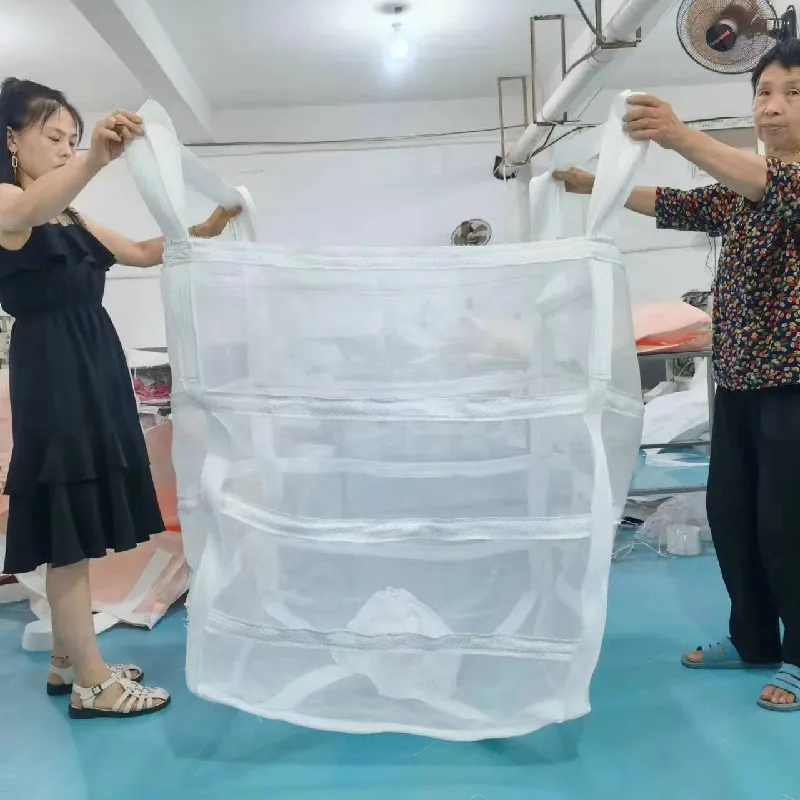-
 Afrikaans
Afrikaans -
 Albanian
Albanian -
 Amharic
Amharic -
 Arabic
Arabic -
 Armenian
Armenian -
 Azerbaijani
Azerbaijani -
 Basque
Basque -
 Belarusian
Belarusian -
 Bengali
Bengali -
 Bosnian
Bosnian -
 Bulgarian
Bulgarian -
 Catalan
Catalan -
 Cebuano
Cebuano -
 China
China -
 Corsican
Corsican -
 Croatian
Croatian -
 Czech
Czech -
 Danish
Danish -
 Dutch
Dutch -
 English
English -
 Esperanto
Esperanto -
 Estonian
Estonian -
 Finnish
Finnish -
 French
French -
 Frisian
Frisian -
 Galician
Galician -
 Georgian
Georgian -
 German
German -
 Greek
Greek -
 Gujarati
Gujarati -
 Haitian Creole
Haitian Creole -
 hausa
hausa -
 hawaiian
hawaiian -
 Hebrew
Hebrew -
 Hindi
Hindi -
 Miao
Miao -
 Hungarian
Hungarian -
 Icelandic
Icelandic -
 igbo
igbo -
 Indonesian
Indonesian -
 irish
irish -
 Italian
Italian -
 Japanese
Japanese -
 Javanese
Javanese -
 Kannada
Kannada -
 kazakh
kazakh -
 Khmer
Khmer -
 Rwandese
Rwandese -
 Korean
Korean -
 Kurdish
Kurdish -
 Kyrgyz
Kyrgyz -
 Lao
Lao -
 Latin
Latin -
 Latvian
Latvian -
 Lithuanian
Lithuanian -
 Luxembourgish
Luxembourgish -
 Macedonian
Macedonian -
 Malgashi
Malgashi -
 Malay
Malay -
 Malayalam
Malayalam -
 Maltese
Maltese -
 Maori
Maori -
 Marathi
Marathi -
 Mongolian
Mongolian -
 Myanmar
Myanmar -
 Nepali
Nepali -
 Norwegian
Norwegian -
 Norwegian
Norwegian -
 Occitan
Occitan -
 Pashto
Pashto -
 Persian
Persian -
 Polish
Polish -
 Portuguese
Portuguese -
 Punjabi
Punjabi -
 Romanian
Romanian -
 Russian
Russian -
 Samoan
Samoan -
 Scottish Gaelic
Scottish Gaelic -
 Serbian
Serbian -
 Sesotho
Sesotho -
 Shona
Shona -
 Sindhi
Sindhi -
 Sinhala
Sinhala -
 Slovak
Slovak -
 Slovenian
Slovenian -
 Somali
Somali -
 Spanish
Spanish -
 Sundanese
Sundanese -
 Swahili
Swahili -
 Swedish
Swedish -
 Tagalog
Tagalog -
 Tajik
Tajik -
 Tamil
Tamil -
 Tatar
Tatar -
 Telugu
Telugu -
 Thai
Thai -
 Turkish
Turkish -
 Turkmen
Turkmen -
 Ukrainian
Ukrainian -
 Urdu
Urdu -
 Uighur
Uighur -
 Uzbek
Uzbek -
 Vietnamese
Vietnamese -
 Welsh
Welsh -
 Bantu
Bantu -
 Yiddish
Yiddish -
 Yoruba
Yoruba -
 Zulu
Zulu
Using Bird Nets Effectively for Safe Capture and Study of Various Bird Species
The Role of Bird Nets in Bird Conservation and Research
Birds are integral components of our ecosystems, serving essential functions such as pollination, seed dispersion, and pest control. However, habitat loss, climate change, and other human activities threaten their populations. To address these challenges, researchers and conservationists have turned to innovative strategies, one of which is the use of bird nets. While the term bird net may evoke images of entrapment, in the context of conservation, these tools are often employed for monitoring, research, and rehabilitation purposes.
Bird nets are typically fine mesh nets designed to capture birds without causing them harm. They serve as a non-lethal means for researchers to study various aspects of avian life. For instance, scientists use mist nets—specifically designed for this purpose—to collect data on bird populations, migratory patterns, and breeding habits. By safely capturing birds, researchers can place bands on their legs, which provide valuable information when the birds are recaptured or observed later.
The Role of Bird Nets in Bird Conservation and Research
Bird nets are also essential for monitoring population dynamics. Understanding how populations fluctuate over time is vital for conservation. In areas where bird populations are declining, researchers can identify potential causes—such as changes in food availability or increased predation—and work on solutions. By using bird nets, they gain firsthand insight into the health and status of various species, which is instrumental for developing informed conservation policies.
bird net to catch birds

Moreover, bird nets are invaluable for rehabilitating injured or orphaned birds. Wildlife rehabilitation centers often use these nets for the safe capture and transport of birds that require care. Once rehabilitated, these birds can be released back into their natural habitats, contributing to the recovery of local populations. This practice demonstrates a compassionate approach to wildlife management, where the focus is on healing rather than harming.
In addition to their practical applications, bird nets also raise public awareness about the importance of bird conservation. Educational programs that involve bird banding demonstrate the scientific processes involved in conservation efforts and encourage community engagement. When people witness the careful handling and release of birds, they are more likely to appreciate these creatures and the ecosystems they inhabit. This awareness can lead to increased support for conservation initiatives and a greater commitment to protecting wildlife.
However, it is essential to use bird nets responsibly and ethically. Researchers and conservationists must adhere to guidelines that minimize stress for the birds. Quick and efficient handling is crucial to reduce the time birds spend in nets. Additionally, netting activities should be conducted under the appropriate permits and regulations to ensure compliance with wildlife protection laws.
In conclusion, bird nets are valuable tools for conservationists and researchers aiming to protect avian populations and their habitats. By enabling the study of migratory patterns, population dynamics, and rehabilitation efforts, these nets play a pivotal role in our understanding and protection of bird species. In an era where biodiversity is increasingly threatened, the responsible use of bird nets can contribute to crucial conservation efforts, bridging the gap between scientific research and public engagement in wildlife preservation.
-
Shipping Plastic Bags for Every NeedNewsJul.24,2025
-
Safety Netting: Your Shield in ConstructionNewsJul.24,2025
-
Plastic Mesh Netting for Everyday UseNewsJul.24,2025
-
Nylon Netting for Every UseNewsJul.24,2025
-
Mesh Breeder Box for Fish TanksNewsJul.24,2025
-
Expanded Steel Mesh Offers Durable VersatilityNewsJul.24,2025











